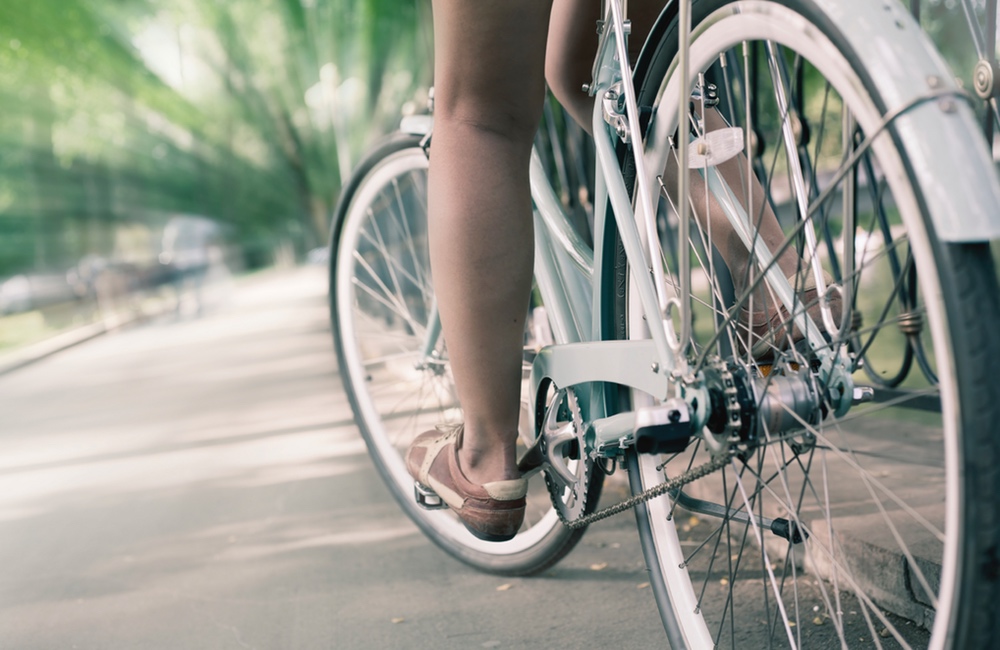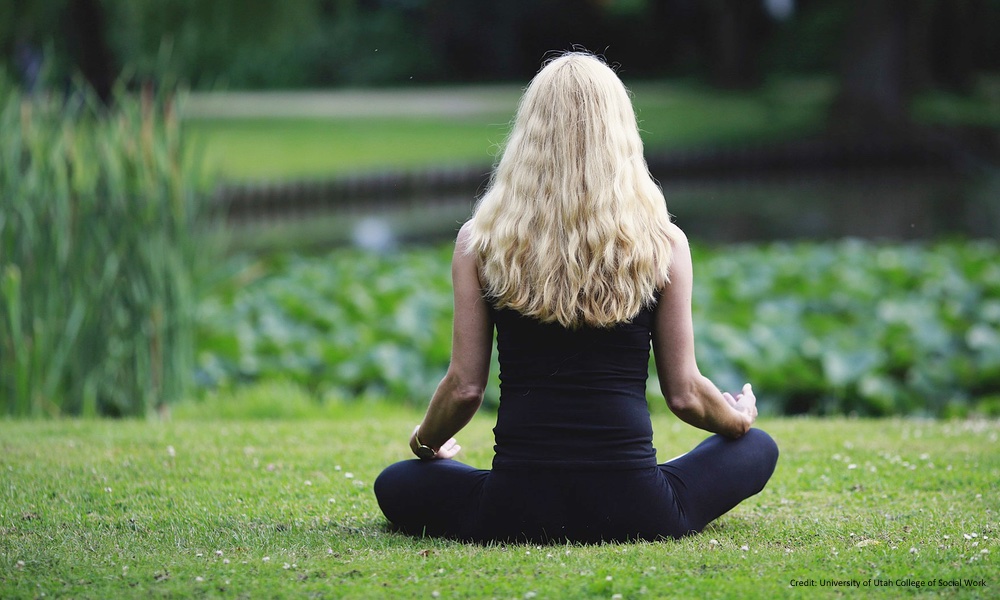As many as a third of senior citizens living at home by themselves fall once a year, which can lead to serious injury, not to mention medical bills. Interventions to improve fitness – particularly balance and strength – can be very effective, but it’s often hard for people to incorporate new routines and to stick with them.
For this reason, a team of researchers decided to test a program called Lifestyle integrated Functional Exercise (LiFE), which instructs seniors on how to add the simplest exercises into their daily activities. By putting a little extra “oomph” into regular movements, it is possible to build enough strength and balance to reduce the risk of a fall.
The participants who took part in the LiFE program had 31% fewer falls than people taking part in a conventional exercise regimen or people who took part in no program.
Participants, all above the age of 70, were instructed to incorporate extra movements into basic activities like cleaning or doing errands. Methods for increasing balance included instructions like “reduce base of support,” “move to limits of sway,” “shift weight from foot to foot,” “step over objects,” and “turning and changing direction.” Strategies to increase strength included “bend your knees,” “on your toes,” “up the stairs,” “on your heels,” “sit to stand,” “walk sideways,” and “tighten muscles.” So, for example, to fulfill the “bend your knees” directive, a person might squat to open a low drawer, rather than bend at the waist.
The participants who took part in the LiFE program had 31% fewer falls than people taking part in a conventional exercise regimen or people who took part in no program. They also had increased scores in tests of balance, strength, and function and participation in daily activities.
The author of an accompanying editorial, Meg E. Morris, points out that the key to the program’s effectiveness is that it essentially increases the “dose” of habitual exercise, since “movement and balance ‘exercises’ were performed many times every day rather than two or three times a week, which is usual for standard exercise programmes.” People in the LiFE program also tended to stick with the program better than people in the conventional exercise group.
As the aging population grows larger and larger across the globe, it is important to develop effective ways of keeping people fit and reducing injuries that are largely avoidable. “The belief that falls should be accepted and tolerated as part of the ageing process,” says Morris, “is a myth that needs dispelling. Many falls can and should be prevented.”
The study was carried out by a team at the University of Sydney and published in the journal BMJ.




